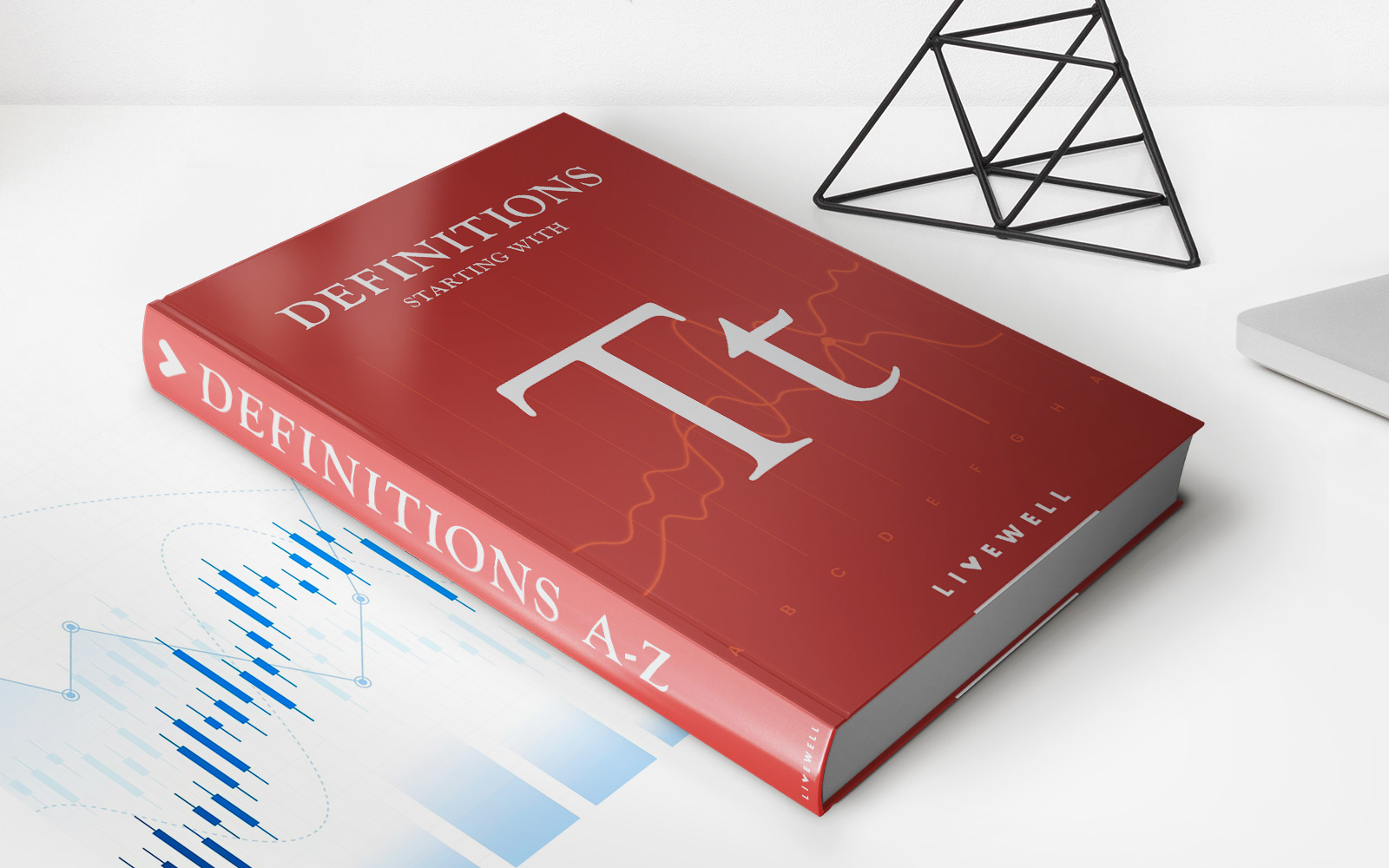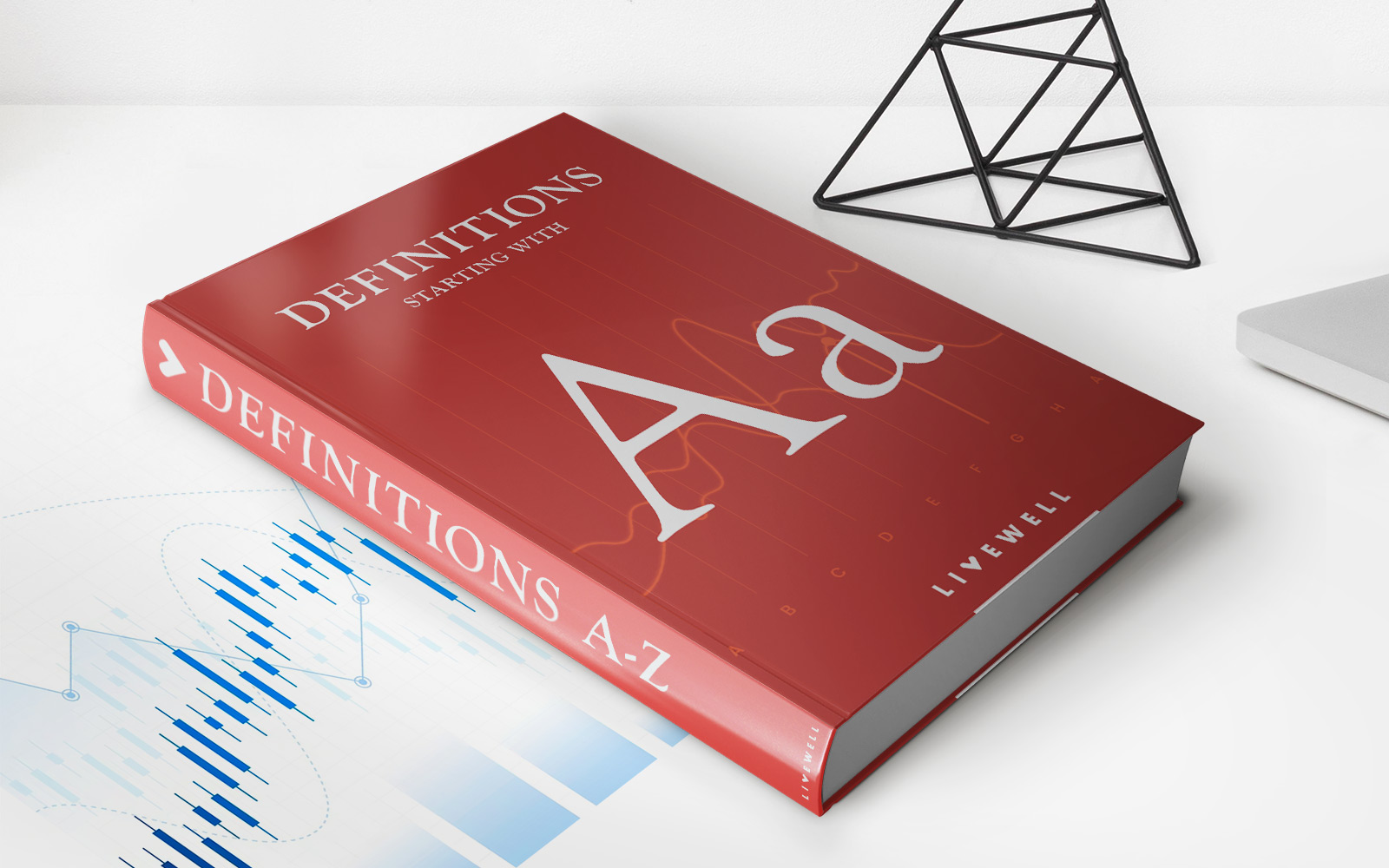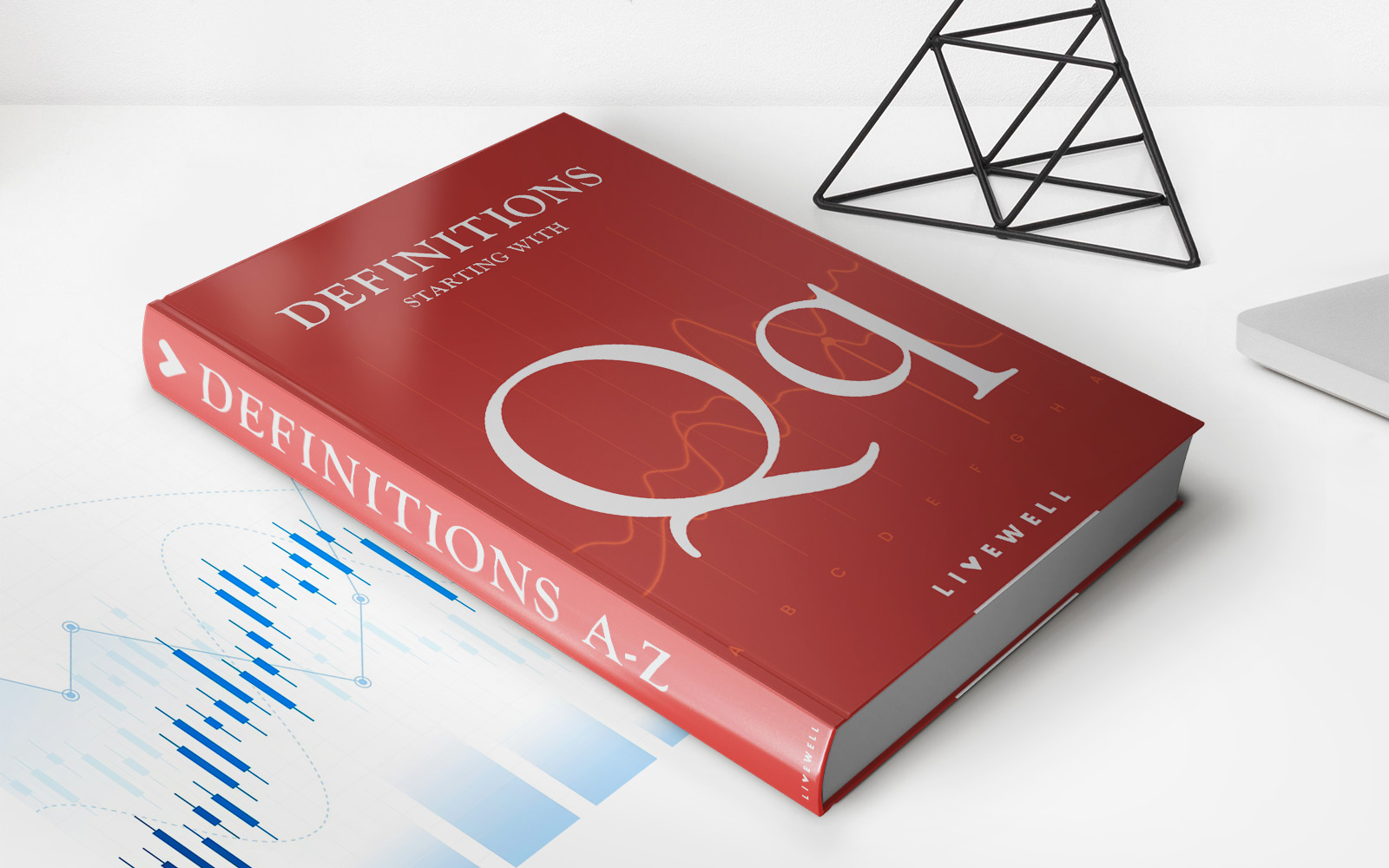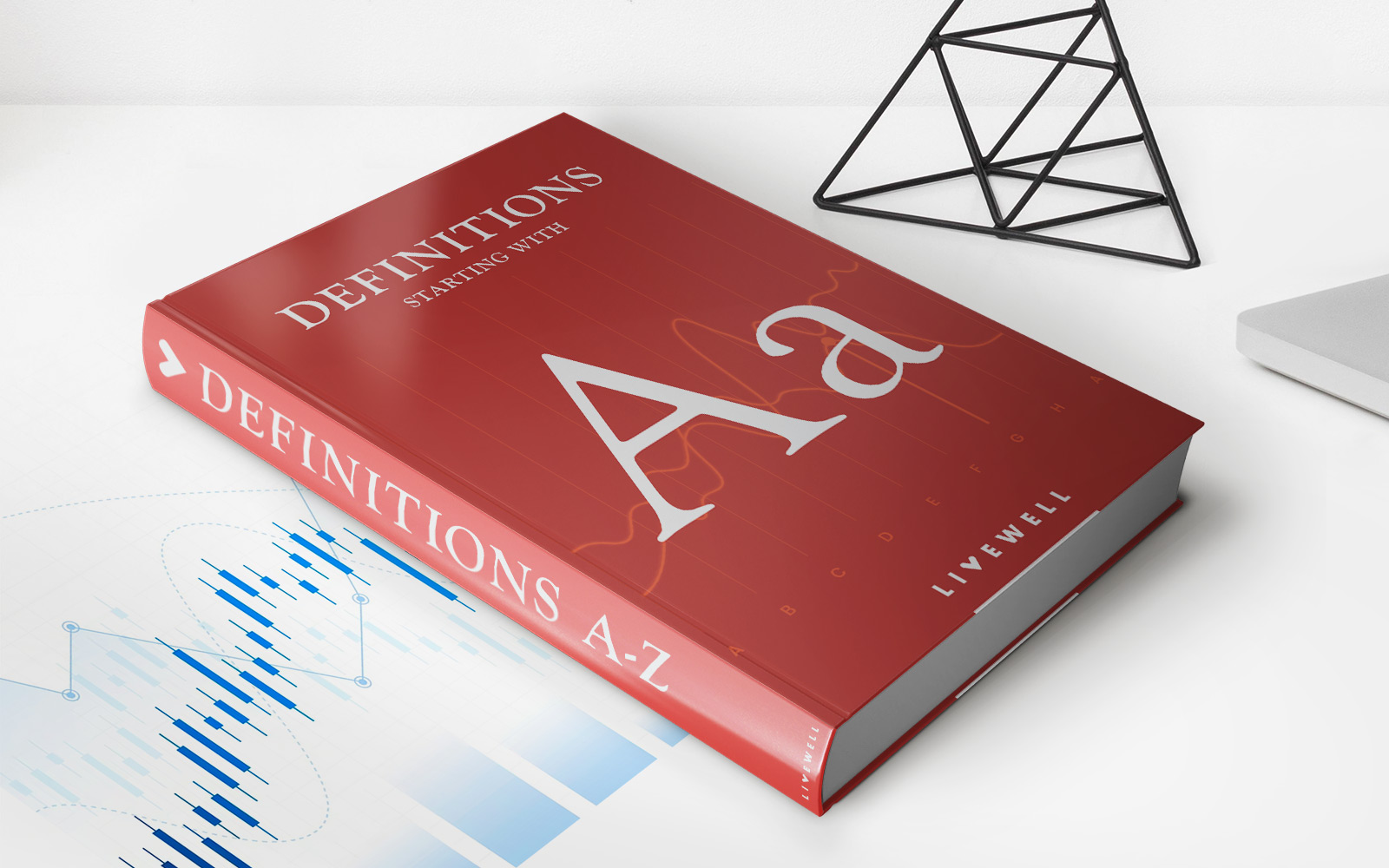Home>Finance>Onerous Contract: Definition, Accounting Rules, Examples


Finance
Onerous Contract: Definition, Accounting Rules, Examples
Published: January 3, 2024
Discover the definition, accounting rules, and examples of onerous contracts in the finance industry. Enhance your financial knowledge with our comprehensive guide.
(Many of the links in this article redirect to a specific reviewed product. Your purchase of these products through affiliate links helps to generate commission for LiveWell, at no extra cost. Learn more)
Understanding Onerous Contracts: Definition, Accounting Rules, and Examples
When it comes to managing finances, it’s crucial to have a solid understanding of various concepts and principles. One such concept that often arises in the realm of finance is that of onerous contracts. In this article, we will delve into the definition of onerous contracts, explore the accounting rules that govern them, and provide some examples to illustrate their practical implications.
Key Takeaways:
- An onerous contract refers to an agreement where the costs involved outweigh the potential economic benefits.
- Onerous contracts are recognized and accounted for under relevant accounting standards to ensure accurate financial reporting.
What is an onerous contract?
An onerous contract is a legal agreement between two or more parties in which the obligations or costs associated with fulfilling the contract outweigh the expected economic benefits. This can occur when unforeseen circumstances arise, market conditions change, or the costs of fulfilling the contract exceed the revenue generated from it. Onerous contracts can pose significant financial burdens and impact the overall profitability and financial health of an organization.
Accounting rules for onerous contracts:
Accounting rules for onerous contracts are established to ensure accurate financial reporting and to reflect the true financial impact of these agreements. The rules vary depending on the accounting standards followed by a company. Generally, onerous contracts are dealt with under the International Financial Reporting Standards (IFRS), specifically International Accounting Standard (IAS) 37 – Provisions, Contingent Liabilities, and Contingent Assets.
Under these accounting rules, an onerous contract is recognized and measured when the unavoidable costs of meeting the obligations under the contract exceed the expected economic benefits to be received. The company is required to recognize a provision for the expected future losses associated with the contract and account for it in its financial statements.
Onerous contracts can be identified through various indicators, such as continuous losses related to the contract, significant changes in market conditions, or the inability to terminate the agreement without incurring substantial penalties. Once identified, companies must reassess the provisions regularly and adjust them if there are changes in the expected losses or benefits.
Examples of onerous contracts:
Let’s take a look at a few examples to further illustrate onerous contracts:
- A construction company enters into a fixed-price contract to build a commercial building. As the project progresses, it becomes evident that the costs of labor and materials have significantly increased. If the cost of completing the project is higher than the expected revenue, the contract may be considered onerous.
- An airline company leases aircraft with long-term contracts but faces a sudden sharp increase in fuel prices. If the increased fuel costs outweigh the expected revenue from the operation of these leased aircraft, the leases may become onerous.
- A software company enters into a licensing agreement with a client, expecting a substantial revenue stream. However, due to unforeseen circumstances, the client’s business declines, resulting in significantly lower revenue generated from the licensing agreement. If the company determines that the expected costs of providing ongoing support and maintenance outweigh the expected revenue, the agreement may be classified as onerous.
In conclusion, understanding onerous contracts is essential for financial management and accurate reporting. By recognizing and accounting for these contracts appropriately, companies can better evaluate their financial positions, make informed decisions, and mitigate risks associated with such agreements. By adhering to the accounting rules specific to onerous contracts, organizations can ensure transparency and reliable financial reporting.














